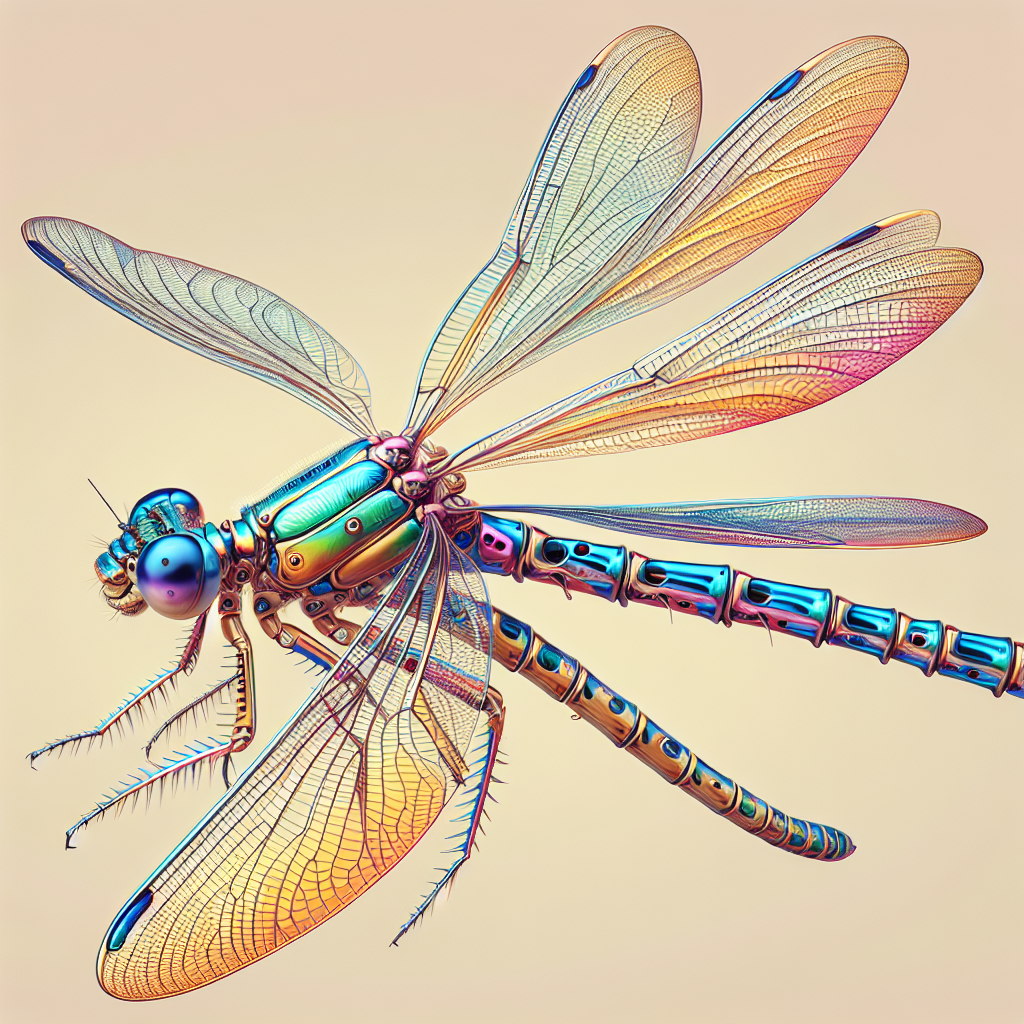The Curious Case of Ischnura Gemina: A Tale of Survival and Conservation
Imagine a creature so small and elusive that it could easily be mistaken for a figment of your imagination. The Ischnura gemina, commonly known as the San Francisco Forktail damselfly, is a tiny insect that has captured the attention of conservationists and entomologists alike. This delicate damselfly, first described in 1913, is native to the San Francisco Bay Area in California. Its survival story is a testament to the resilience of nature and the importance of conservation efforts in urban environments.
The Ischnura gemina is a fascinating species, not just because of its rarity, but also due to its unique habitat requirements. These damselflies thrive in freshwater marshes and ponds, environments that have been increasingly threatened by urban development and pollution. The rapid expansion of the San Francisco Bay Area has led to the destruction of many natural habitats, putting the Ischnura gemina at risk. Conservationists have been working tirelessly to protect and restore these habitats, ensuring that this tiny creature continues to flutter through the skies.
The plight of the Ischnura gemina highlights a broader issue faced by many species around the world: habitat loss. As cities expand and natural landscapes are altered, countless species are pushed to the brink of extinction. The San Francisco Forktail damselfly serves as a reminder of the delicate balance between human progress and environmental preservation. It challenges us to consider the impact of our actions on the natural world and to find ways to coexist with the diverse array of species that share our planet.
While some may argue that the focus on a single species like the Ischnura gemina is misplaced, it's important to recognize the role that each species plays in its ecosystem. Damselflies, for instance, are crucial for controlling mosquito populations and serve as a food source for birds and other wildlife. Protecting the Ischnura gemina is not just about saving a single species; it's about preserving the intricate web of life that sustains us all.
Efforts to conserve the Ischnura gemina have included habitat restoration projects and the creation of protected areas. These initiatives aim to provide the damselflies with the resources they need to thrive, such as clean water and native vegetation. By restoring these habitats, conservationists hope to create a safe haven for the Ischnura gemina and other species that depend on these environments.
The story of the Ischnura gemina is a powerful reminder of the importance of biodiversity and the need for conservation efforts. It challenges us to think about the ways in which we can protect and preserve the natural world for future generations. As we continue to grapple with the effects of climate change and habitat destruction, the survival of the Ischnura gemina serves as a beacon of hope and a call to action.
In the end, the fate of the Ischnura gemina is intertwined with our own. By working to protect this tiny damselfly, we are also safeguarding the health of our ecosystems and the future of our planet. The story of the Ischnura gemina is not just about a single species; it's about the interconnectedness of all life and the responsibility we have to protect it.

